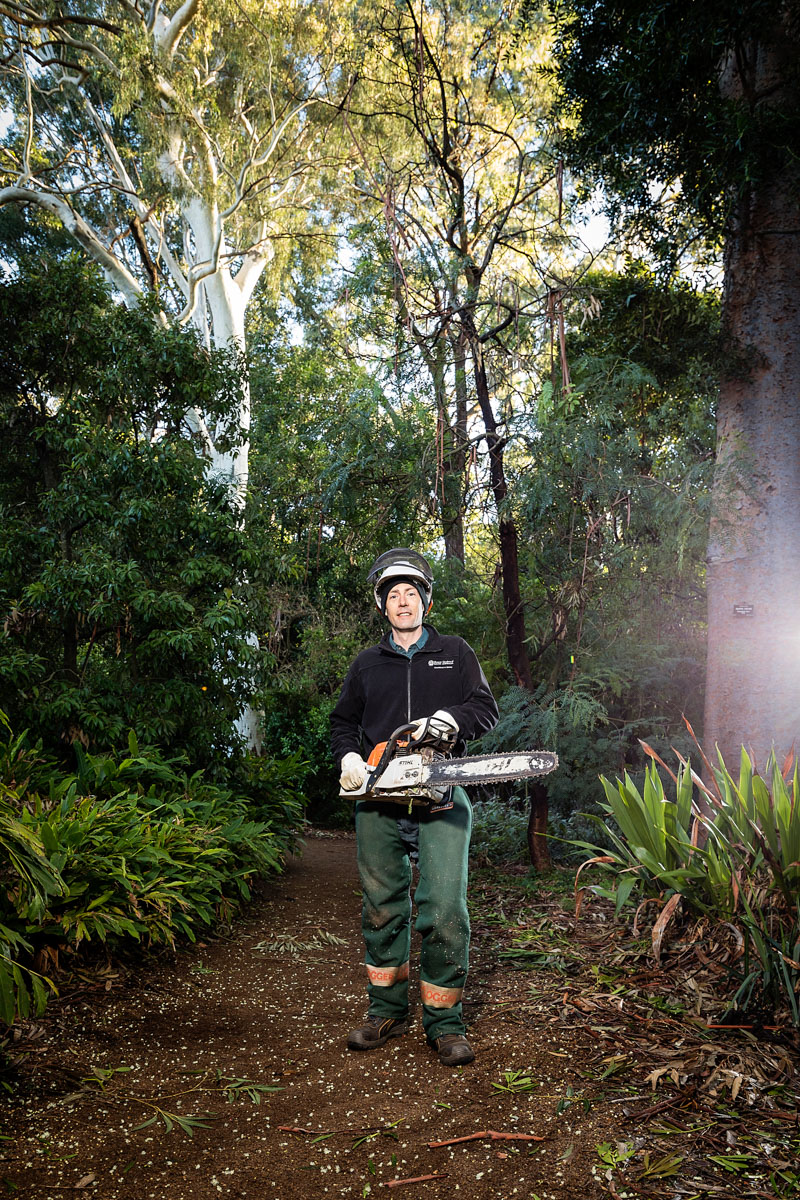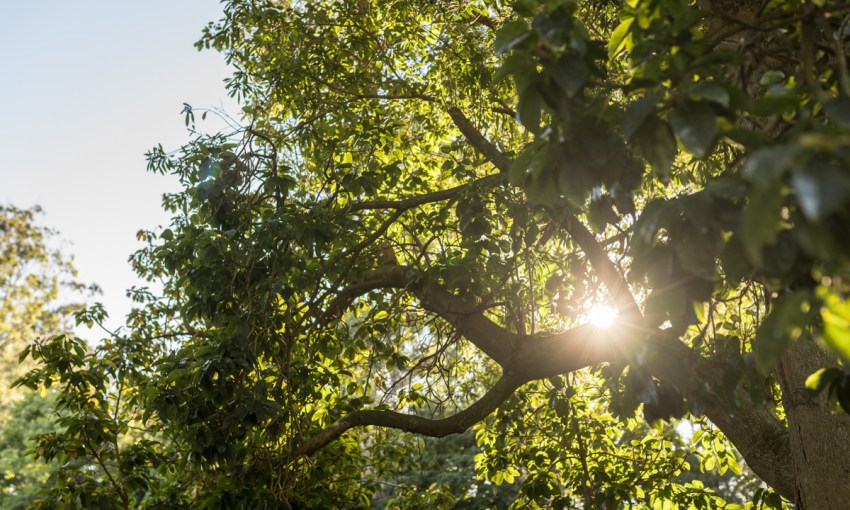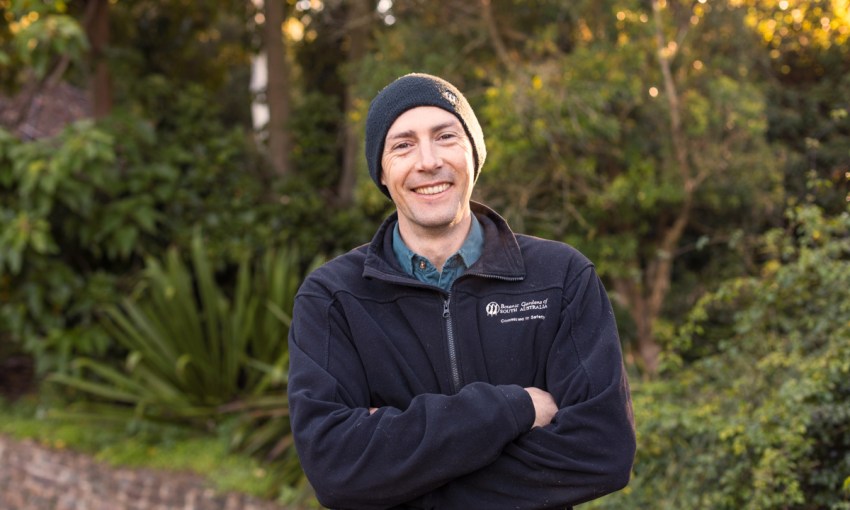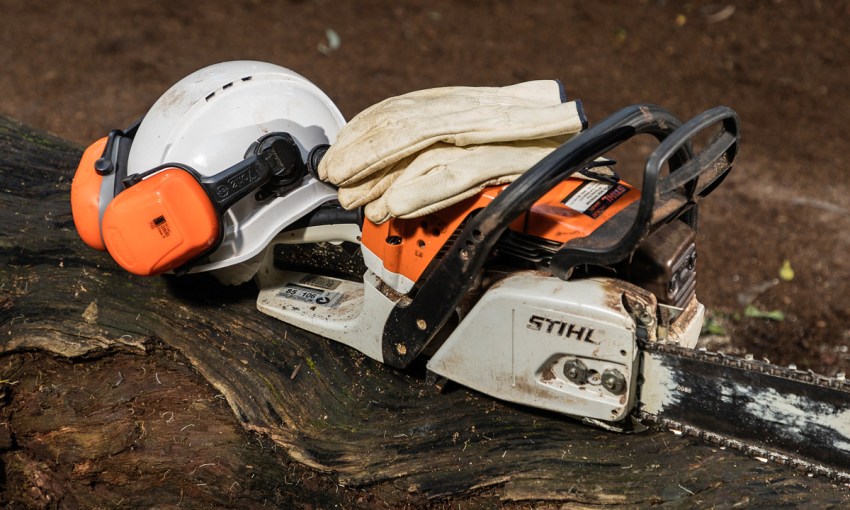The defenders of South Australia’s trees have only one purpose - to keep the life beating through each leaf for us all to enjoy.
How to be an arborist
Botanic Park means many things to many people. Whether it’s a lantern-lit wonderland for WOMADelaide, a giant outdoor cinema during the warmer months, or simply the perfect venue for a weekend barbecue and game of cricket, it’s Adelaide’s most versatile green space.
For Kris Charlton, however, it has one purpose above all others.

“It’s an arboretum, so our sole purpose is to protect, preserve and grow the collection of trees out there,” he says.
Anything else comes second to the health of the trees, and as a Horticultural Supervisor at Adelaide Botanic Garden (which includes Botanic Park), it’s his job to look after them.
That means working with event organisers to plan where stages and tents will go, minimising the number of pegs that could damage subsurface infrastructure like irrigation systems and asbestos piping, and then remediating the park afterwards.
He’s even trying to change the park’s name to Botanic Arboretum to reflect its importance as a venue for conservation and research. Not that he has any desire to take it away from the public – after all, “what’s the point of having a garden if you’re not inviting people in?”
And the garden is where it all started for Kris, who traces his passion for nature back to the time he spent helping his mother in the garden as a child. From there, he moved to a career in landscape horticulture – and when he did a module on tree identification as part of his studies, a career in arboriculture beckoned.
“I really enjoyed the horticulture side of things but I got sucked into the camaraderie of the tree gang,” says Kris. “All of the arborists were strong young guys who could do everything and were afraid of nothing.”
He says this with a laugh that seems to acknowledge that sometimes a little fear can be healthy. Safework ranks agriculture, forestry and fishing as Australia’s most dangerous industries, and Kris agrees that climbing trees is an inherently dangerous activity.
“Then you start cutting into it, limbs are dropping and sending out shock waves… there’s all sorts of things that can go wrong in a big way, but that’s why we do the training,” he says.
It’s also why there are always two arborists on any job – a safeguard that helps to ensure that Kris doesn’t spend his entire day behind a desk dealing with paperwork.
As well as looking after the health of his plants, he works with curators to maintain and improve their collections. The Garden tries to grow all of their plants from wild origin seeds rather than importing mature specimens, which means expeditions are constantly scouring the country to add to the seed bank and herbarium.
As well as preserving rare species, the Garden also tests how they perform in different conditions and, in this way, the entire area functions as a living laboratory. Kris’ current favourite is the eucalyptus degupta (better known as rainbow eucalyptus) because, as the bark falls away, it leaves behind beautifully coloured strips of green, blue and orange.
Native to Southeast Asia, it’s one of the few eucalypt species that is not endemic to Australia, “so it’ll be interesting to see how it goes. We’ve got a few representations at the moment and it’s an experiment to see how well it will tolerate frost and the cold as well as our blistering hot summers, but so far so good.”
So next time you visit Adelaide Botanic Garden you might just see a new addition – knock on wood.








